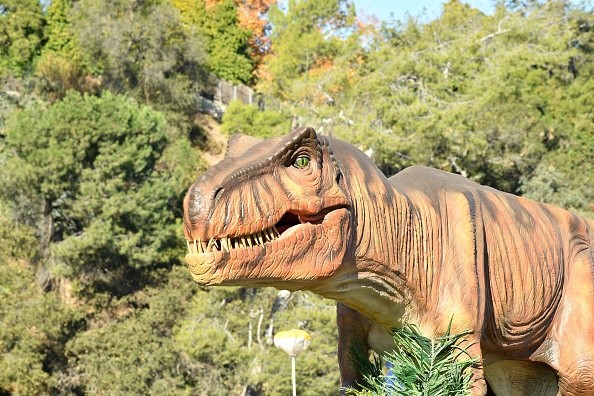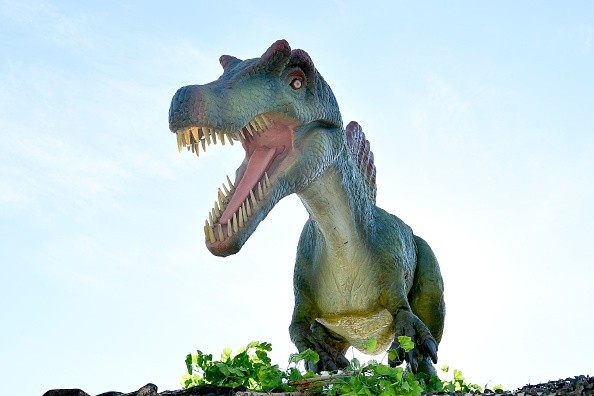Dinosaur's death was just one of five universal events that wiped out millions of species. How do these events take place? And how can we prevent it from reoccurring?
Earth has been at the center of yet another extinction event that is quickly taking out animals from our planet for the last 10,000 years. According to The Conversation, experts gave a definition of mass extinction as around three-quarters of all species that are dying out over a minimum geological time, which is anything below 2.8 million years. Here are the 5 mass extinction events.

Ordovician-Silurian Extinction (~ 440 million years ago)
Species that were extinct: 85%
The first mass extinction on Earth happened during the time when organisms like corals and shelled brachiopods were all over the world's shallow waters but hadn't journeyed to land yet. Life itself was starting to advance and diversify, having first emerged about 3.7 billion years ago. But around 440 million years ago, a climatic shift made sea temperatures change, and most of the life in the ocean died.
Late Devonian Extinction (~ 365 million years ago)
Species that were extinct: 75%
Usually called the "age of fish," the Devonian period witnessed the rise and fall of most prehistoric marine species. Despite the fact that by this time animals had started to develop on land, the larger number of life swam through the oceans. That was until vascular plants, like flowers and trees, likely led to a second mass extinction, as stated by a 1995 study released in the journal GSA Today.
Permian-Triassic Extinction (~ 253 million years ago)
Species that were extinct: 70% terrestrial life; 96% marine life
This extinction event, usually called the "Great Dying," is the greatest the Earth has ever witnessed. It eliminated some 90% of all the species on the planet and destroyed the amphibians, insects, and reptiles that wandered on land. What led to this devastating event was a period of uncontrolled volcanism, Live Science reported previously.
Triassic-Jurassic Extinction (~ 201 million years ago)
Species that were extinct: 80%
The Triassic period erupted in new and various life, and dinosaurs started to inhabit the world. Sadly, a lot of volcanoes also erupted at that point in time. Although it is still uncertain exactly why this fourth mass extinction took place, experts think that massive volcanic activity happened in regions of the world now engulfed by the Atlantic Ocean, according to MIT News.

K-Pg Extinction (~ 66 million years ago)
Species that were extinct: 75%
The most well-known of all the mass extinction events is the Cretaceous - Paleogene extinction - better called the day the dinosaurs died. The event is at times also known as the K-T extinction, and it is been called "K-Pg extinction by geologists due to the fact that the letter "C" is shorthand for a former geological period known as the Cambrian. The "K" is gotten from the German word "Kreide," meaning "Cretaceous."
Related Article : Scientists Identified the Cause of the Biggest Mass Extinction on Earth
For more news, updates about mass extinction events and similar topics don't forget to follow Nature World News!
© 2025 NatureWorldNews.com All rights reserved. Do not reproduce without permission.





